Shih-Fen Cheng: Research: Driver Guidance System (DGS) for Taxi Drivers
|
BackgroundUber and Uber-like services have been rocking the taxi industry globally for the past few years. Traditional taxi companies have been slow in responding to these challenges. The development of the DGS technology aims to help taxi drivers to compete against ride-hailing technologies by providing guidance to an area with predicted demand (i.e., actionable driving decision) that would help drivers shorten their vacant cruising time before finding the next passenger. The key enabling technology behind the development of the DGS is the stream data processing, demand prediction, and personalized decision support system. 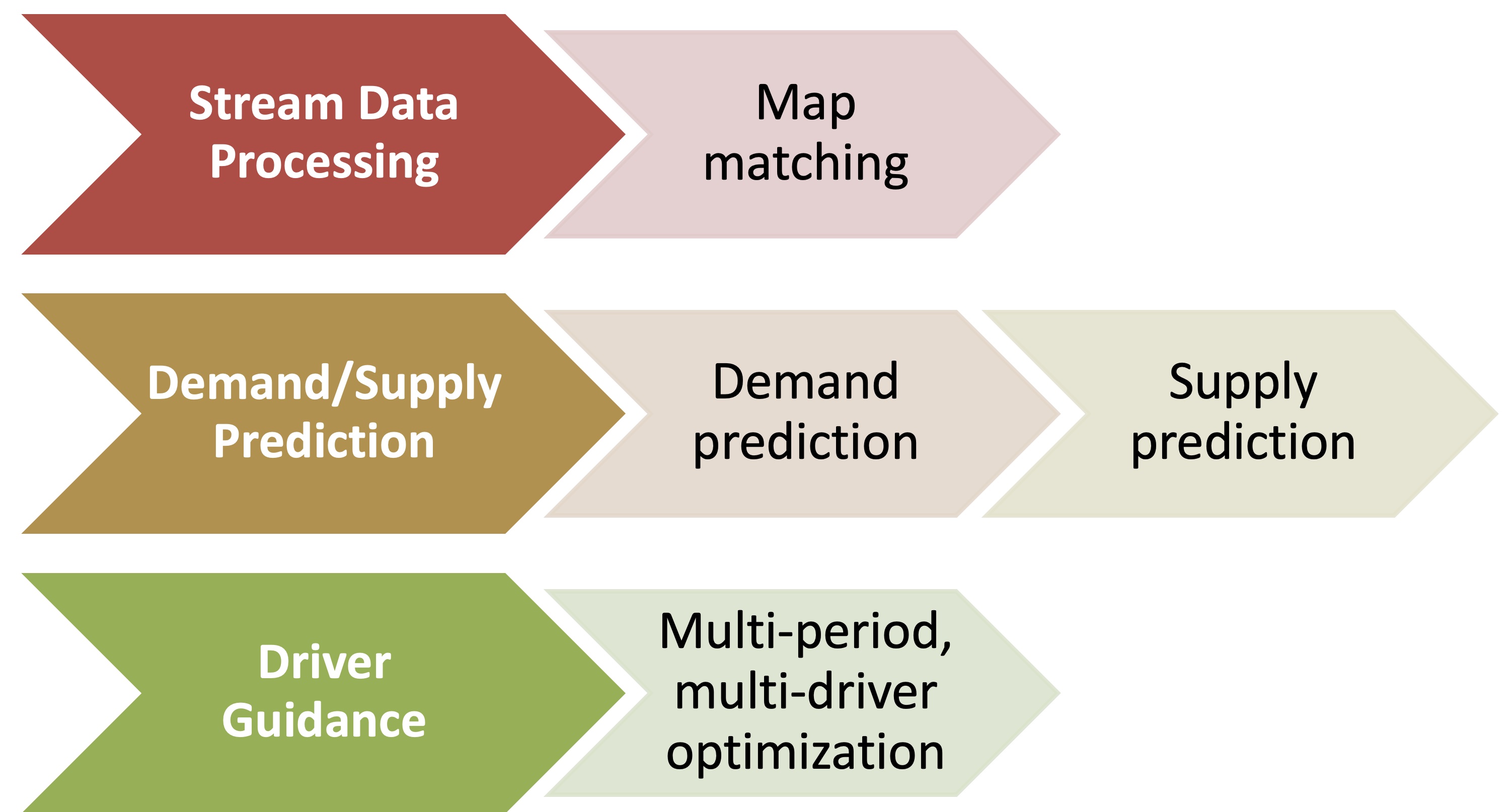
Figure 1: The Architecture of DGS. The DGS AppThe technology is delivered via a smartphone App. The DGS App is designed to be hands-free; as drivers drive around, the App will automatically provide the best recommendations for individual drivers depending on their respective locations. 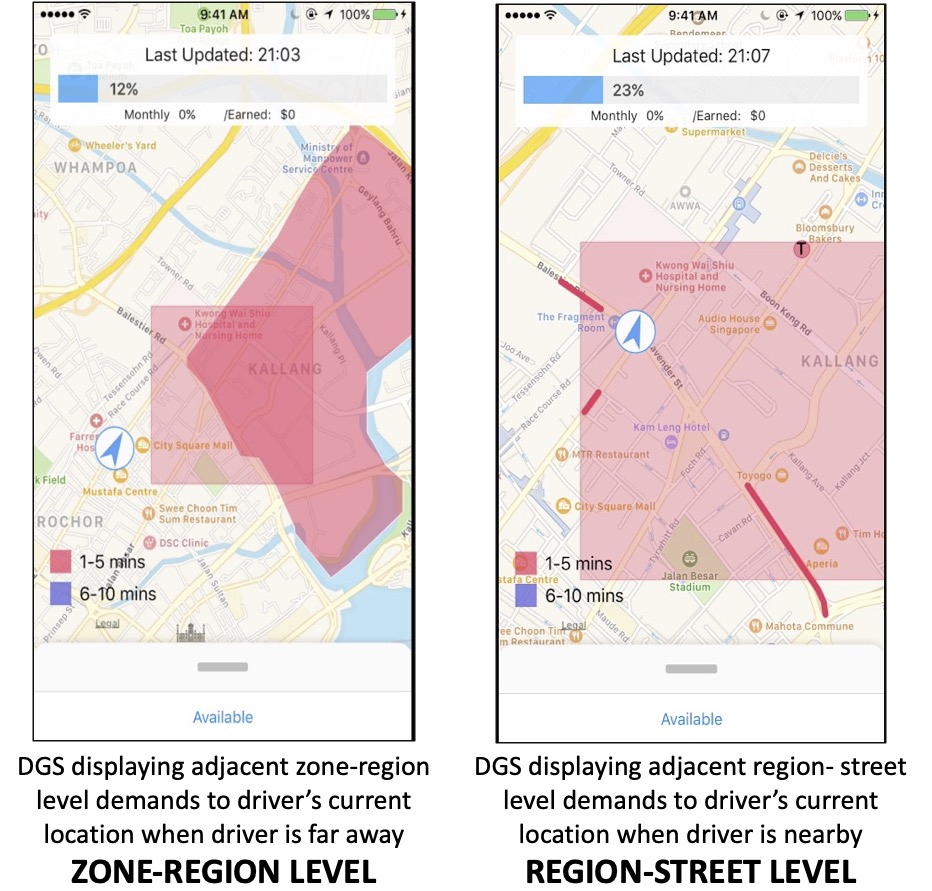
Figure 2: The DGS App. Simulated Performance EvaluationThe expected performance of DGS App is evaluated a massive scale agent-based simulation. As shown in Figure 3 below, the personalized guidance ensures that DGS stays competitive even when the adoption ratio increases. 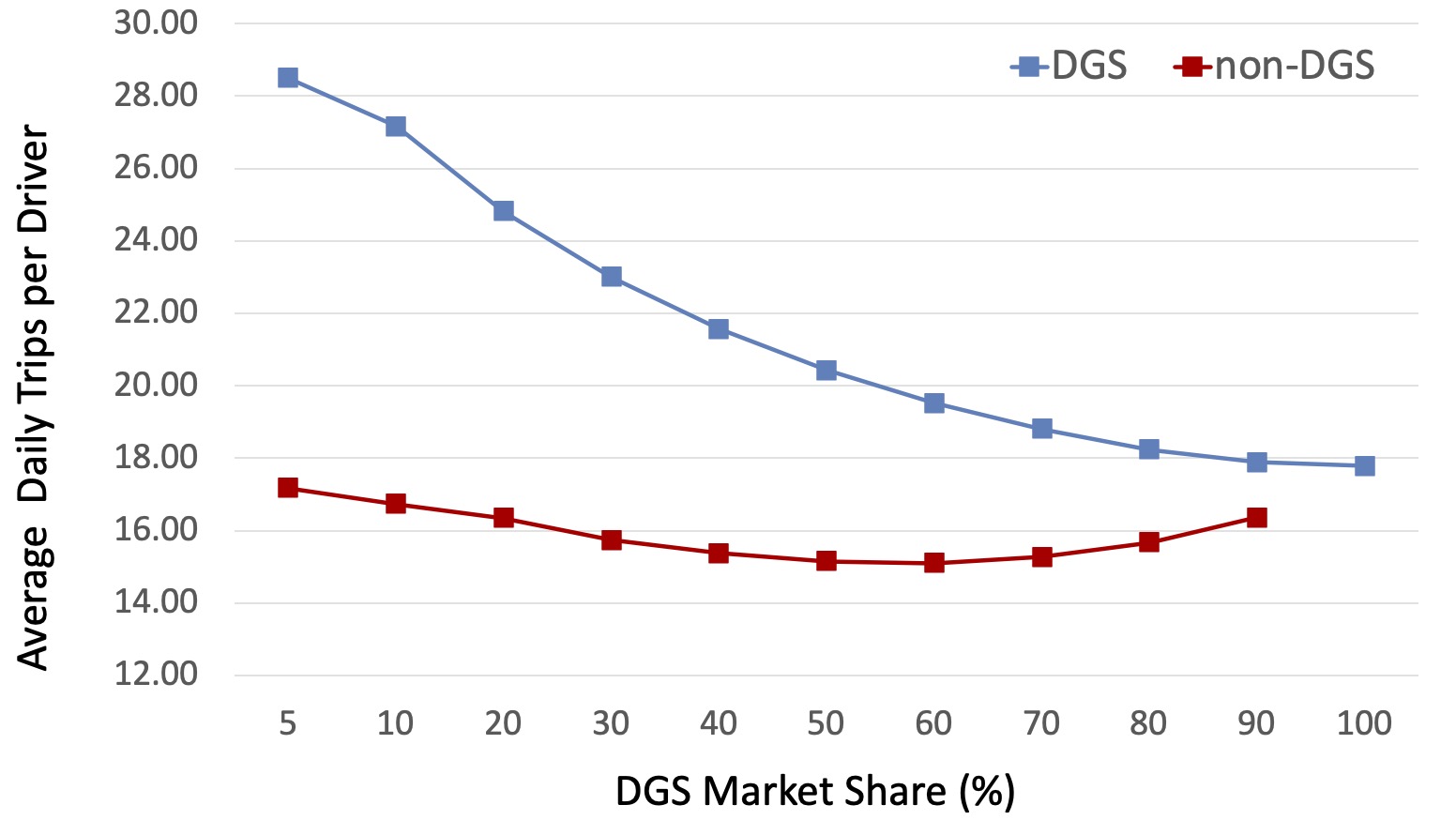
Figure 3: DGS performance (average trips) in response to adoption ratio. Field Trial ResultsThe DGS is field tested in Singapore from 2017 to 2018. In total we have recruited 500 taxi drivers to try DGS. On average, following DGS guidance results in 34% reduction in vacant roaming time. The reduction in the vacant roaming time is particularly evident when the demand levels are low (e.g., from 11pm to 5am in Figure 4). We also track the performance of DGS across Singapore, and the improvements are universal (Figure 5). 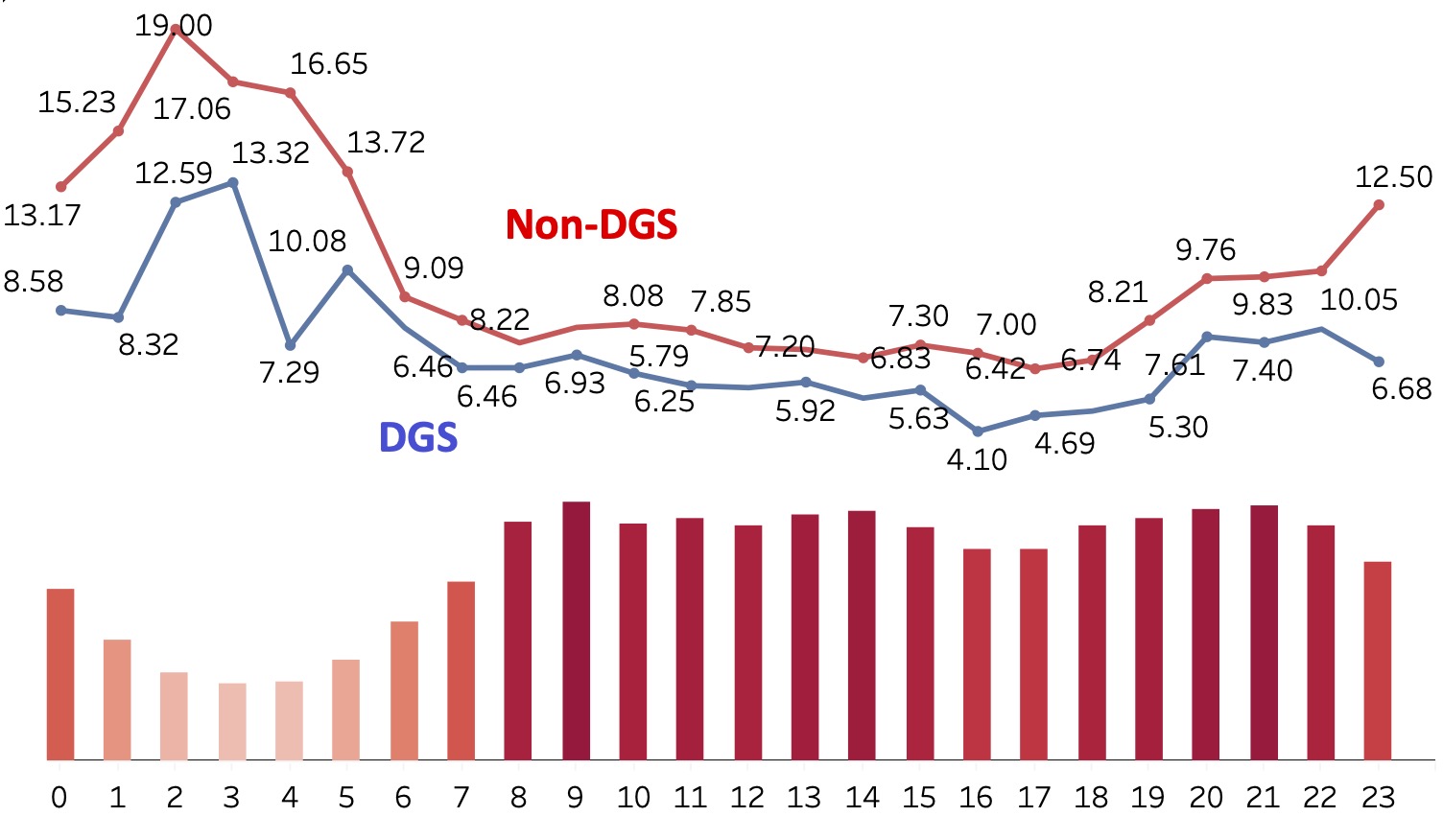
Figure 4: The performance (average vacant roaming time) of DGS vs. non-DGS trips at different hours of the day. The bars at the bottom correspond to the demand level. The value of guidance is particularly evident when the demands are low. 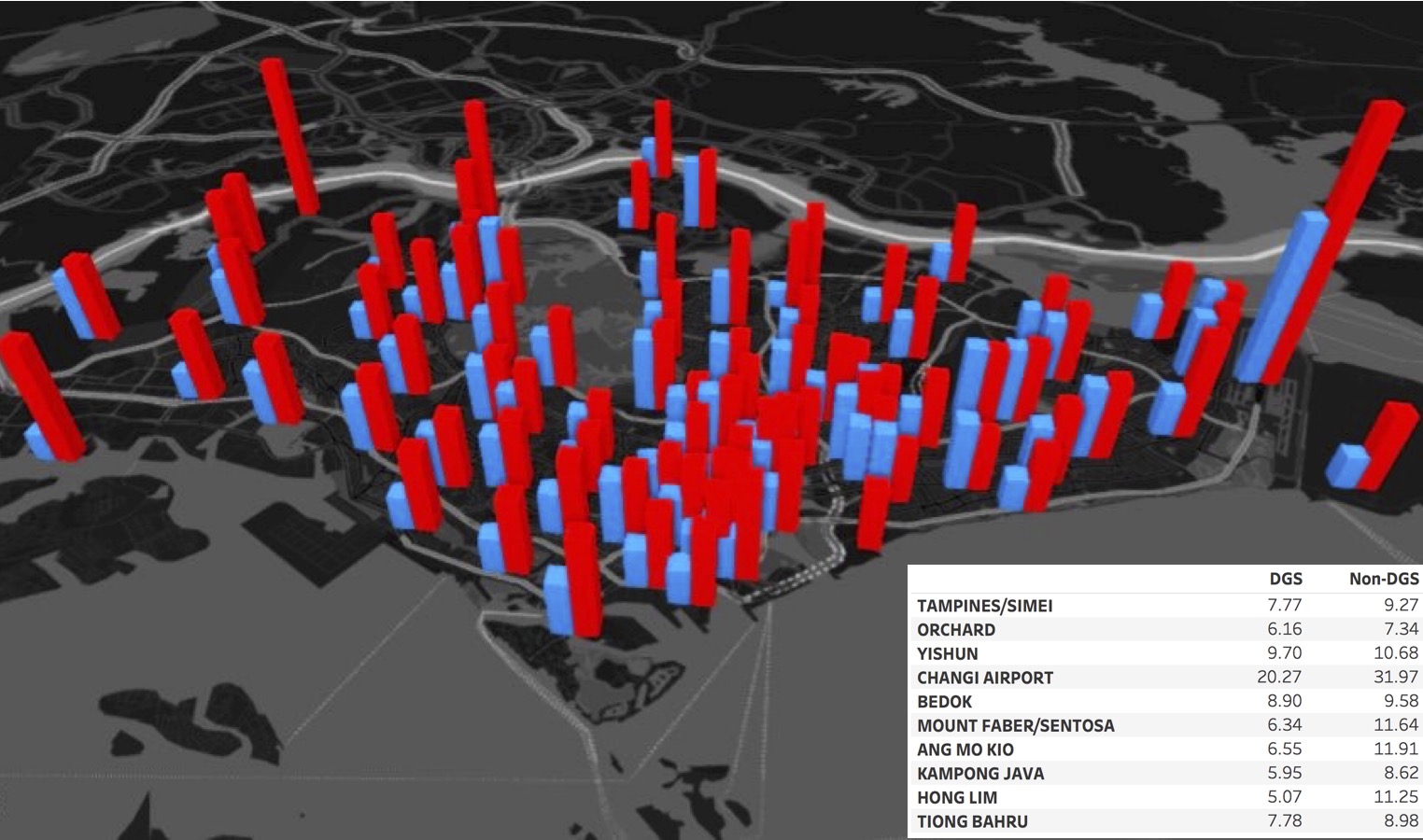
Figure 5: The performance (average vacant roaming time) of DGS vs. non-DGS trips at different regions across Singapore. Finally, we also breakdown the performance of DGS by demand channels such as "street hail" or "booking". We can see that while the booking channel indeed helps drivers in reducing their vacant roaming time (from ~13min to 9min), having personalized guidance still helps in further bringing down the vacant roaming time by ~24%. Furthermore, after accounting for the "response time" (i.e., the time between driver's commitment to the job and the passenger pick-up), we can see that the street-hail channel with DGS can be even more efficient than the booking channel (35% vacant vs. 43% vacant). 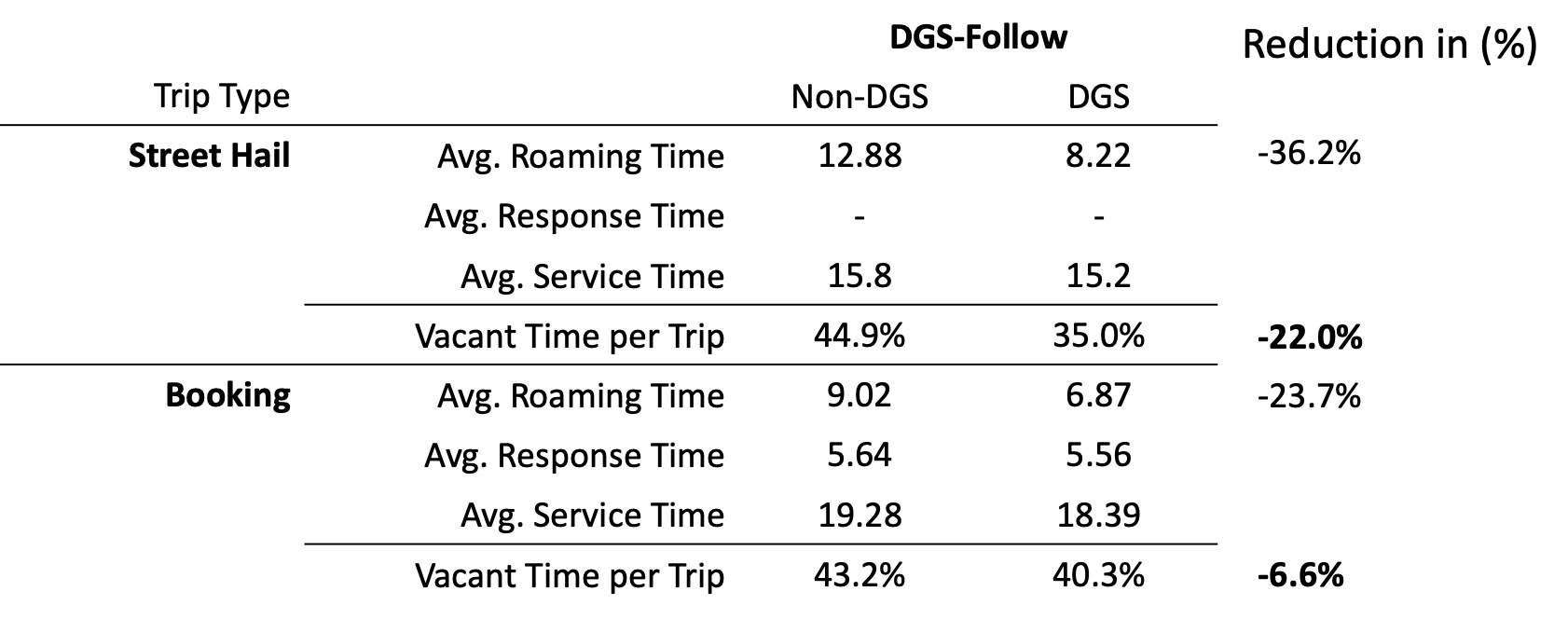
Figure 6: The performance (average vacant roaming time) of DGS vs. non-DGS trips at different regions across Singapore. Related Publication
Awards and Recognition
Media
|
| Last Modified: |